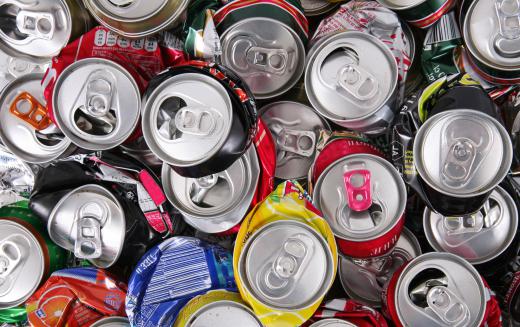Crushers are devices that are designed to decrease the size of larger objects by using force to reducing the objects into a smaller and more compact volume. This is sometimes accomplished by compacting the mass of the object. At other times, the crusher will be used force to break the object into a series of smaller pieces.
The action of any type of crusher makes use of force as a means of accomplishing the tasking of crushing objects. Essentially, crushing involves the transference of force that is increased by mechanical advantage and thus will distribute the force along the body of the object. This usually involves placing the object between two solid surfaces. One of the surfaces acts as a platform and provides a location to place the object. The second surface is usually located above the object and platform, and slowly lowers to exert force on the object. As the force crushes the object, the upper surface continues to descend until an optimal degree of reduction in size has occurred.

Crushing is helpful in a variety of applications. Around the house, a small manual crusher is often used to reduce the size of aluminum cans. This action makes it possible to store the crushed cans until a sufficient quantity is collected to transport to a recycling facility. Manual crushers of this type are often very inexpensive, and take up no more room than a standard countertop kitchen appliance.
A crusher may be utilized to break up objects such as rocks. Crushers of this type are often used in scientific research, as they make it possible to crush a larger rock sample into smaller pieces and thus examine the content of the rock in more detail. At the same time, an ore crusher is sometimes used in mining operations as a means of evaluating the content of the ore that is extracted from a particular dig site.
Larger crushers are automated and perform more complex jobs. Mechanical crushers are often employed at auto junkyards. Once all useful components are removed from the vehicle, the remaining carcass of the car or truck is loaded into a large crusher that will reduce the size of the vehicle to a fraction of the original size. The crushed vehicle can then be recycled into other useful products. A crusher of this type is intended for mass use in an industrial setting, and normally is very expensive.

